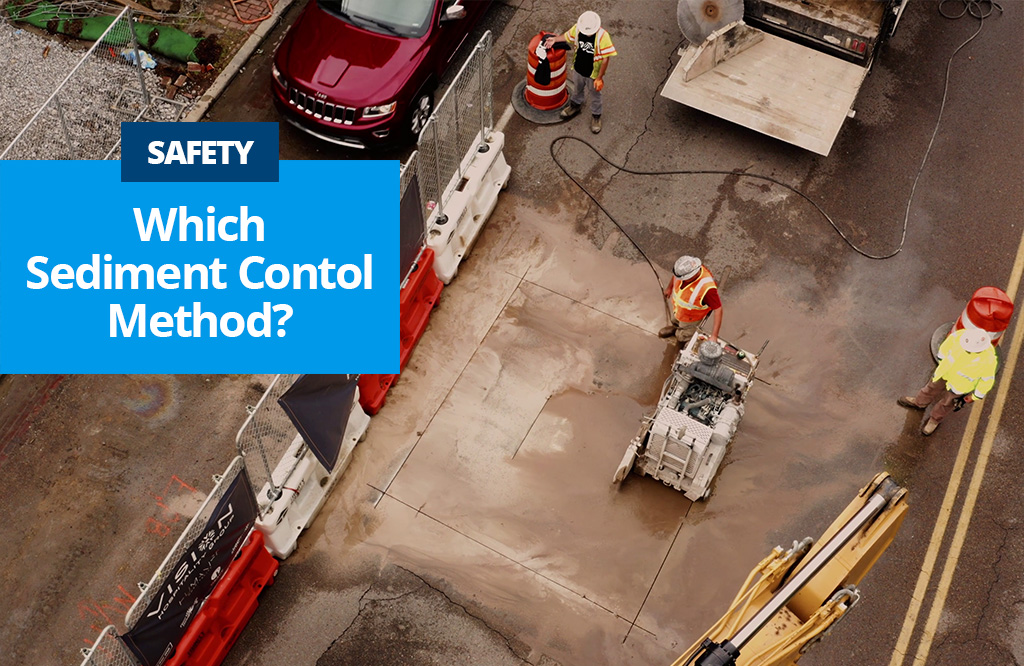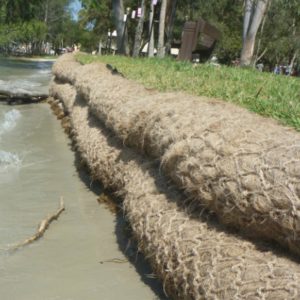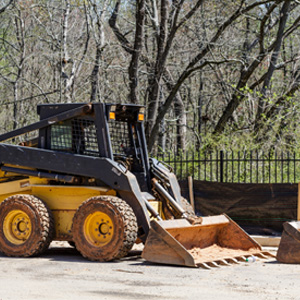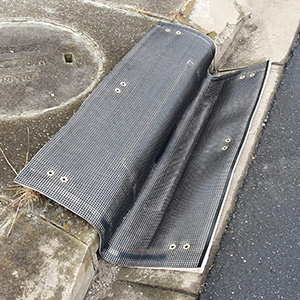
Which Sediment Control Method?
Effective sediment control measures on your worksite can prevent sand, soil and cement from entering waterways. Contaminated stormwater runoff is damaging to the environment and can result in heavy non-compliance fines from local Councils and the EPA. There are many products available on the market that can trap silt and sediment, but which is best? Read on for a summary to help determine which solution is right for you.

Coir Logs
Coir logs are made from densely packed coconut fibre which is wrapped with coir netting. These logs allow water to pass through while sediment and silt are retained. The substantial size, weight and rigidity of coir logs makes them suitable for controlling waterway erosion on steep embankments and in high rain events. Being completely constructed from natural materials has the added benefit of making coir logs 100% biodegradable. Coir logs decompose slowly, enriching the soil with useful nutrients that provide a habitat for plants and animals.
Pros: Made from natural materials, biodegradable, reusable
Cons: Heavy, potential traffic hazard, susceptible to flooding if used to protect drains, do not filter hydrocarbons

Silt Socks
Silt socks are popular on many construction sites and can be fitted around drains and gutters to trap sediment runoff. Manufactured from high strength UV-resistant filter fabric, silt socks are usually filled with a large diameter gravel such as scoria to allow easy flow of water through the sock while capturing silt and dirt sediment. Silt socks are particularly suited for use on sealed concrete and bitumen surfaces.
Pros: Inexpensive, reusable
Cons: Susceptible to movement, can wash away if placed in areas of high velocity, may split if driven over, potential traffic hazard, do not filter hydrocarbons

Silt Fencing
The purpose of a silt fence is to retain soil on disturbed land such as construction sites, often during land grading and earthworks. Silt fences are temporary sediment control devices, used until plants revegetate and soil becomes permanently stabilised. Silt fencing is installed in trenches and is supported by wooden support stakes. Trenches are then backfilled for effectiveness and stability.
Pros: Can prevent sediment runoff across a large area
Cons: Labour intensive to set up, requires periodic replacement, does not filter hydrocarbons

GuardDog Drain Filter
Drain filters are an innovative solution to control sediment and protect waterways. When placed over drains, these filters trap sediment and hydrocarbons in contaminated stormwater, allowing clean water to flow through into waterways.
Pros: Filters contaminated stormwater, traps silt and sediment, absorbs hydrocarbons, low profile, lightweight, durable, reusable, can be secured in place
Cons: Requires maintenance to ensure ongoing effectiveness
For more information on the right sediment control solution for your needs, contact Stratex on 1300 991 180 or email [email protected].









